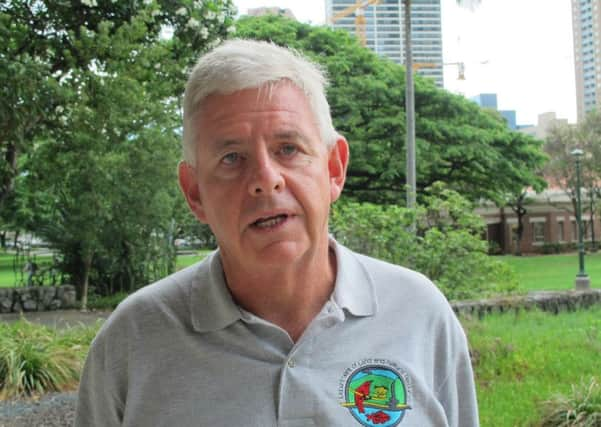Virginia shooting: Flanagan was always ‘the victim’


Dan Dennison described Flanagan, who shot and killed a reporter and a cameraman on live television on Wednesday, as a “professional victim” during his time at the station before being fired in 2013.
“He was victimised by everything and everyone and could never quite grasp the fact that he was the common denominator in all of these really sometimes serious interpersonal conflicts that he had with people,” Mr Dennison said.
Advertisement
Hide AdAdvertisement
Hide AdFlanagan, 41, interpreted efforts by the station to improve his performance and persuade him to work more cooperatively with colleagues as discrimination, said Dennison, who now works as a communications manager at the Hawaii state Department of Land and Natural Resources.
On the day he was fired, Flanagan pressed a wooden cross into Dennison’s hand and said, “You’ll need this,” as two police officers escorted him out. Flanagan’s departure then was filmed by Adam Ward, the cameraman who was killed along with reporter Alison Parker during an on-air interview on Wednesday morning.
Dennison said the station had no idea of his shortcomings before he was hired there and he had received positive recommendations.
Flanagan’s hair-trigger temper became evident at least 15 years ago at WTWC-TV in Tallahassee, Florida, said Don Shafer, who hired him there in 1999.
Shafer recalled Flanagan as a good reporter and a “clever, funny guy” - but said he also had conflicts with co-workers “to the point where he was threatening people.” “It became such a distraction that we finally had to terminate him,” said Shafer.